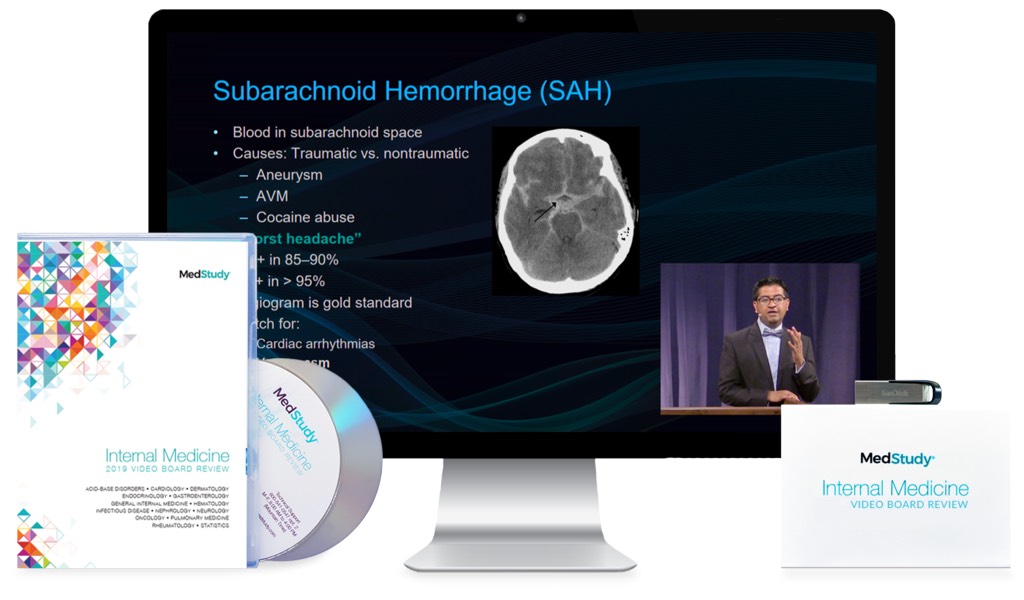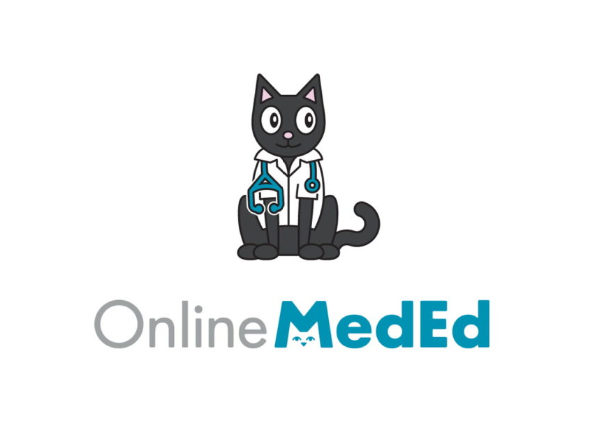Section 1 – Child development – Milestones and Growth
Section 2 – Complications in the Newborn Period – Child Development – Puberty
Section 3 – Glycogen Storage Diseases
Section 4 – Lysosomal Storage Diseases Part 1
Section 5 – Lysosomal Storage Diseases – Krabbe, Gaucher, Hurler, and Hunter Syndromes
Section 6 – Inborn Errors of Metabolism
Section 7 – Complications in the Newborn Period – APGAR Scores and Extracranial Injuries
Section 8 – Complications in the Newborn Period – Neonatal Jaundice
Section 9 – Complications in the Newborn Period – Respiratory Pathologies
Section 10 – GI disease – Hypertrophic Pyloric Stenosis, Intussusception & Malrotation with Volvulus
Section 11 – GI disease – Meckel Diverticulum, Hirschsprung Disease & Necrotizing Enterocolitis
Section 12 – Urology – Cryptorchidism, Vesicoureteral Reflux & Posterior Urethral Valves
Section 13 – Urology- Penile Conditions
Section 14 – Congenital B Cell Immunodeficiencies
Section 15 – Congenital T Cell Immunodeficiencies – DiGeorge Syndrome
Section 16 – Congenital T Cell Immunodeficiencies – Job Syndrome, Hyper-IgE Syndrome & Chronic Mucocutaneous Candidiasis
Section 17 – Congenital Mixed Immunodeficiencies – Severe Combined Immunodeficiency & Wiskott Aldrich Syndrome
Section 18 – Congenital Mixed Immunodeficiencies – Hyper-IgM Syndrome & Ataxia-Telangiectasia
Section 19 – Congenital Phagocyte Defects – Chronic Granulomatous Disease & Myeloperoxidase Deficiency
Section 20 – Congenital Phagocyte Defects – Leukocyte Adhesion Deficiency & Chediak-Higashi Syndrome
Section 21 – Congenital Complement Deficiencies
Section 22 – Juvenile Idiopathic Arthritis
Section 23 – Epiglottitis and Croup
Section 24 – Bacterial Tracheitis, Pertussis and Bronchiolitis
Section 25 – Pneumonia
Section 26 – Neonatal Sepsis, and Meningitis
Section 27 – Viral Exanthems
Section 28 – Well-child Care
Section 29 – Well-Child Care: Physical Exam
Section 30 – Child abuse
Section 31 – Oncology – Acute Lymphoblastic Leukemia
Section 32 – Neuroblastoma and Wilms Tumor
Section 33 – Osteosarcoma and Ewing Sarcoma
Section 34 – Pediatric Neurologic Disease
Section 35 – MSK Disorders – Hip Conditions
Section 36 – MSK disorders – Foot Deformities
Section 37 – MSK Disorders – Orthopedic Injuries
Section 38 – Bilious Vomiting










